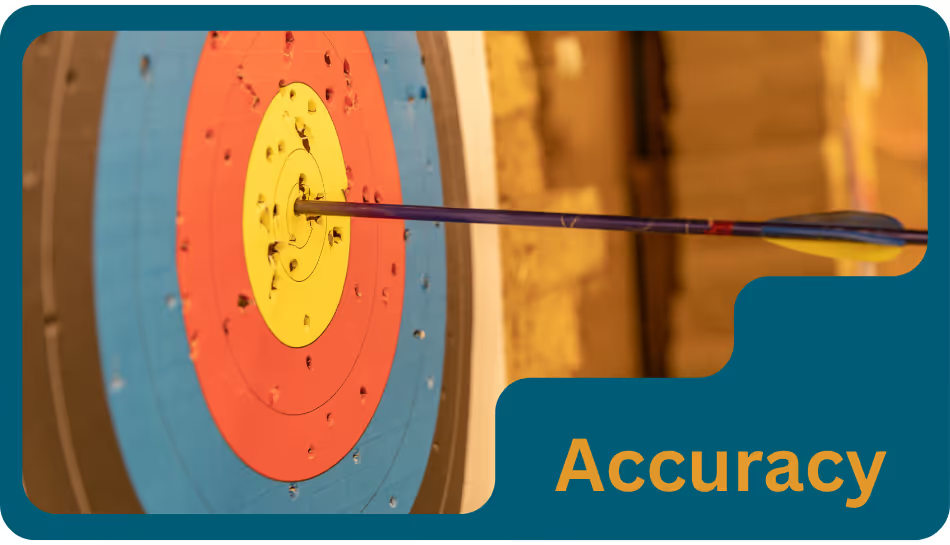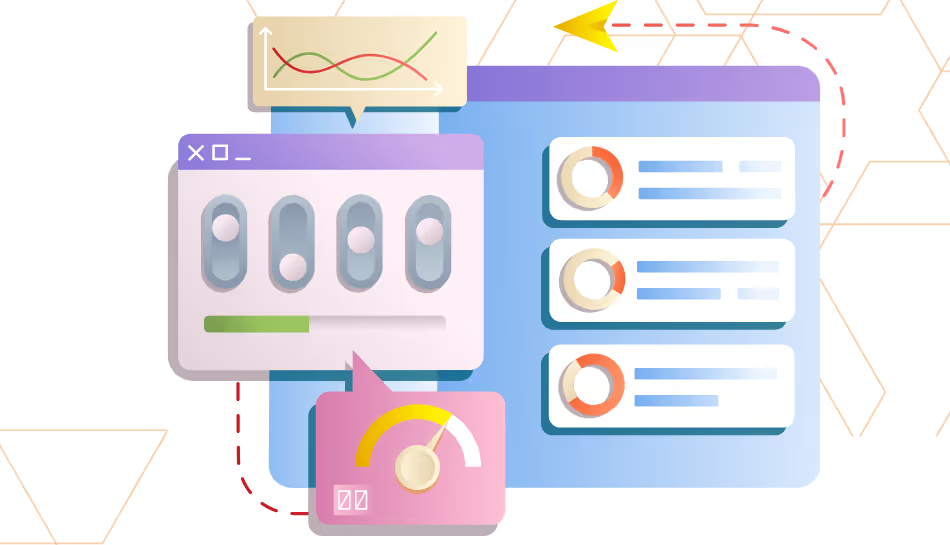
In every business, the general ledger is the backbone of financial management. All transactions, whether revenues or expenses, are recorded in it and guaranteed to be accurate and current as reflected in all financial statements. Keeping this ledger used to be time-consuming and prone to errors. With the emergence of general ledger automation, companies are revolutionizing the way they manage accounting, resulting in greater precision, efficacy, and transparency.
An automated general ledger is a component of an automated accounting system that records, classifies, and reconciles financial information automatically. It does away with the necessity for manual recording and minimizes the possibility of human error. Let's examine why automation increases financial accuracy and why an increasing number of organizations are embracing it.
Understanding General Ledger Automation
Automating the general ledger means applying software applications to drive transactions from multiple departments, i.e., sales, inventory, payroll, and procurement, automatically into the ledger. Rather than manually entering every entry, information is integrated in real time from interrelated systems.
For instance, when payment is received for an invoice or a sale has been made, the system will update the respective accounts automatically. Such smooth integration ensures that each financial transaction is captured accurately and in a timely fashion.
Major Advantages of Automated General Ledger
Converting to an automated system brings numerous benefits that directly enhance financial accuracy as well as operational efficiency. Some of the primary automated general ledger advantages that all businesses should be aware of are mentioned below:
- 1. Removal of Errors Made Manually
Manual accounting is susceptible to errors like duplication of data, misposting, or wrong calculations. Automation eliminates all these possibilities by ensuring that all transactions are posted according to pre-defined rules. The outcome is cleaner, more accurate financial data. - 2. Updates Available in Real-Time
With manual ledgers, finance teams typically wait till the end of the day or the month to reconcile data. A computerized accounting system updates the ledger continuously as transactions are made, providing companies with real-time visibility into their financial condition. With this immediacy, management is better able to make informed decisions more quickly. - 3. Enhanced Reconciliation and Audit Readiness
Manual reconciliation of accounts may be cumbersome and time-consuming. Automated systems simplify this procedure since they match transactions between accounts automatically. Furthermore, they keep a full audit trail, allowing auditors to easily attest records and follow any adjustments. - 4. Improved Data Precision and Conformity
When all departments utilize interlinked systems, data automatically integrates into the general ledger. This eliminates reporting discrepancies and ensures financial information consistency within the organization. The outcome is higher financial accuracy with an automated ledger, facilitating reliable reporting. - 5. Improved Compliance and Transparency
Regulatory compliance demands accurate and traceable financial information. Automation makes compliance simpler by way of ensuring that each transaction is posted in accordance with accounting principles. Automated audit trails and logs also facilitate easy proof of transparency during audits or financial reviews. - 6. Time and Cost Efficiency
Manual ledger management takes a lot of time from accounting teams. Automation of routine tasks enables companies to redirect their workforce towards strategic financial planning and analysis. In the long term, automation lowers operational expenses while increasing overall productivity. - 7. Integration with Other Systems
An automated general ledger is seamlessly integrated with ERP, CRM, and payroll. It ensures that financial information from every source is automatically captured, categorized, and organized in the right manner. It does away with manual data re-entry and keeps all financial records in sync.
Getting Financial Accuracy through an Automated Ledger
The objective of any accounting system is precision, and automation reaches this by reducing human interaction. Automated ledgers follow uniform reasoning and rules for all transactions, avoiding inaccuracies that result from manual processing.
In addition, automation gives immediate insights into financial reports. Whether you need to examine profit margins, monitor expenses, or make budget forecasts, real-time ledger information enables quicker and more accurate financial management.
The Future of Financial Accounting
When companies expand and transactions get more complicated, automation is no longer a choice. It's essential for the sake of precision and control. Implementing general ledger automation not only enhances the financial accuracy but also sets the company up for forthcoming breakthroughs such as AI-based forecasting and predictive analysis.
Final Thoughts
An automated accounting system is more than a electronic replica of a conventional ledger, it's a smarter, quicker, and more dependable method for controlling finances. With general ledger automation, companies are able to streamline accuracy, decrease workload, and meet compliance without sacrificing.
Ultimately, enhancing the accuracy of finances with an automated ledger assists organizations in making improved decisions, upholding confidence with stakeholders, and concentrating on what really counts, sustainable growth.

